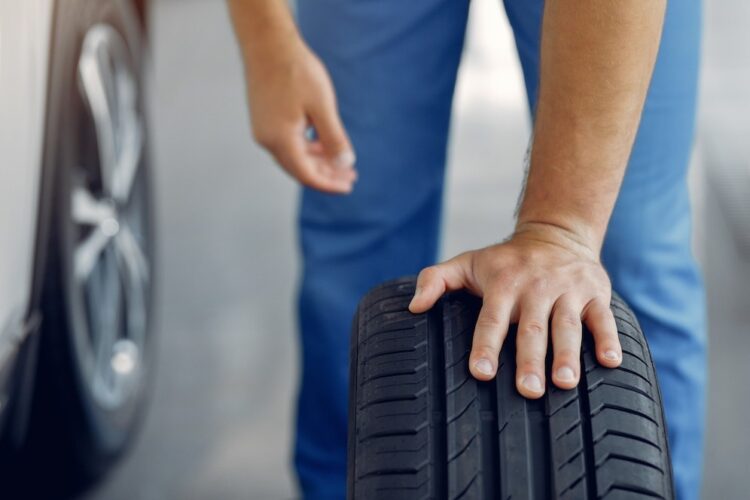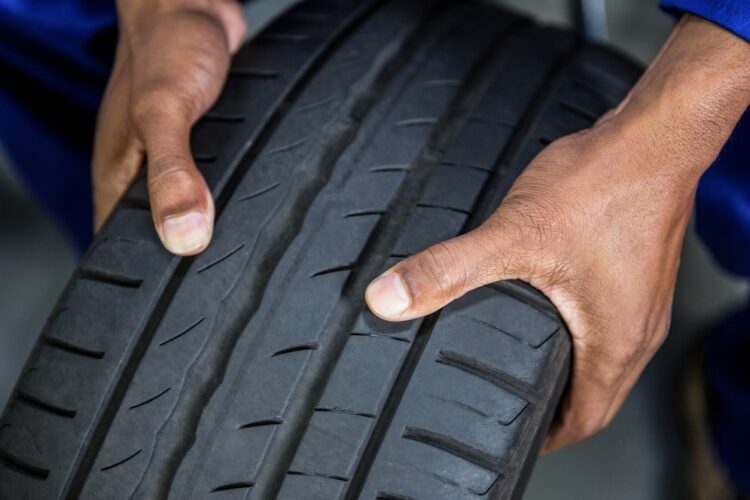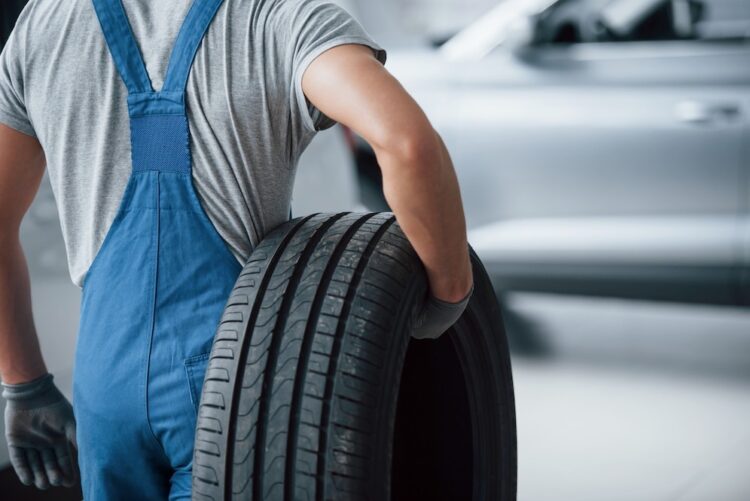Used tires can be a viable option for those looking to save money, but spotting a good deal can be challenging.
Not every used tire is worth the risk, and knowing what to look for can make all the difference.
Be sure to always look for well-known places in your area. For example, search for winter tires St Catharines, and see what others are saying about the stores there.
In this article, we’ll cover essential tips and considerations to help you identify a good deal on used tires while ensuring safety and quality.
Table of Contents
1. Understanding the Risks of Used Tires

Before diving into how to find a good deal, it’s crucial to understand the inherent risks associated with used tires. Used tires come with unknown histories, which could include damage, improper repairs, or uneven wear.
These factors can compromise the tire’s performance and safety. Always prioritize your safety and be aware that while savings are appealing, they should not come at the cost of road safety.
2. Inspecting Tread Depth
One of the first things to check when considering used tires is the tread depth. The tread is essential for traction, especially in wet conditions. A tire with low tread depth is more prone to slipping and hydroplaning.
The legal minimum tread depth in many regions is 2/32 of an inch, but for optimal performance, a tread depth of at least 4/32 of an inch is recommended. Use a tread depth gauge or a simple penny test to measure this.
Penny Test for Tread Depth
- Insert a penny into the tread groove with Lincoln’s head upside down.
- If you can see the top of Lincoln’s head, the tread is too worn, and the tire should not be used.
- If part of Lincoln’s head is covered, the tire has enough tread remaining.
3. Checking for Visible Damage
Look for any visible signs of damage, such as cuts, cracks, or bulges on the tire’s surface. These imperfections can indicate underlying structural issues that may lead to tire failure.
Additionally, inspect the sidewalls for any bubbles or protrusions, which are signs of internal damage. A tire with such damage is unsafe and should be avoided.
4. Evaluating Tire Age

Tires degrade over time, even if they have never been used. The rubber compounds break down, reducing the tire’s effectiveness and safety. Check the tire’s age by looking at the DOT code on the sidewall.
The last four digits indicate the week and year of manufacture. For example, a code ending in “2318” means the tire was made in the 23rd week of 2018. Generally, avoid tires older than six years.
5. Assessing Uneven Wear Patterns
Uneven wear patterns can indicate issues with the vehicle from which the tire was removed or improper maintenance. Common wear patterns to watch out for include:
- Cupping: Indents or high and low points on the tread, often due to suspension issues.
- Feathering: Smoother tread edges on one side, caused by misalignment.
- One-sided Wear: Tread worn down more on one side, indicating poor alignment or inflation problems.
6. Verifying the Tire Brand and Model
Not all tire brands and models are created equal. Research the specific brand and model of the used tire to understand its reputation for performance and durability. Premium brands like Michelin, Bridgestone, and Goodyear are often more reliable than lesser-known or budget brands. Verify that the tire model matches your vehicle’s requirements and driving conditions.
7. Confirming Tire Size Compatibility
Ensure the used tire matches the size specifications for your vehicle. The tire size is indicated on the sidewall and should match the recommended size in your vehicle’s owner manual. Using the wrong size can affect your vehicle’s handling, fuel efficiency, and safety.
8. Considering the Tire’s Previous Use

If possible, find out the history of the used tire. Knowing the type of vehicle it was previously used on, its mileage, and how it was driven can provide valuable insights. Tires from performance vehicles or those used in harsh conditions are more likely to have hidden damage compared to those from lightly used vehicles.
9. Balancing Cost and Quality
While the primary reason for buying used tires is to save money, it’s essential to balance cost with quality. A tire that is significantly cheaper but worn out or damaged is not a good deal. Compare the cost of the used tire with the price of a new one. If the savings are minimal, it might be worth investing in a new tire for peace of mind and safety.
10. Professional Inspection and Installation
Before finalizing your purchase, consider having the used tires inspected by a professional. A trained technician can identify issues that may not be apparent to the untrained eye. Additionally, professional installation ensures the tires are mounted and balanced correctly, reducing the risk of future problems.
11. Checking Return and Warranty Policies
Some sellers of used tires offer return policies or limited warranties. These can provide additional peace of mind and protection in case the tires do not perform as expected. Always inquire about these policies before purchasing and get any guarantees in writing.
12. Online Reviews and Seller Reputation

Research the seller’s reputation, especially if buying from an online platform. Check reviews and ratings from previous customers to gauge their reliability and the quality of their products. A reputable seller is more likely to offer good quality used tires and stand behind their sales.
13. Knowing When to Walk Away
Sometimes, the deal might seem too good to be true. If you have any doubts about the quality or safety of the used tires, it’s better to walk away. Your safety and that of others on the road should always be the top priority.
Conclusion
Finding a good deal on used tires requires diligence, knowledge, and a keen eye for detail. By following the tips outlined in this article, you can increase your chances of securing quality used tires that offer both savings and safety.
Remember, while used tires can be a cost-effective option, never compromise on safety. When in doubt, consult a professional and consider the long-term benefits of investing in new tires.
